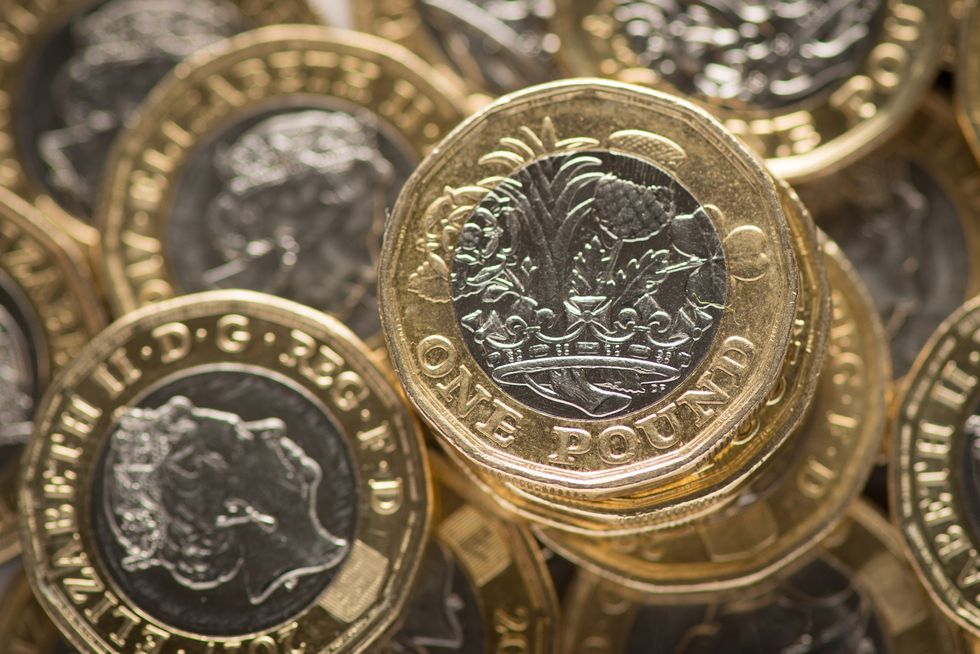What happens if a bank fails? How to check if your money is safe - and how much is protected

Savers may want to check all of their money is protected by the FSCS
|GETTY

People with more than £85,000 in savings may want to check the rules to see if their money is protected
Don't Miss
Most Read
Savers who have £85,000 or more in savings may want to check if their hard-earned cash is safe via an online tool.
People who hold money with a UK-authorised bank, building society or credit union can rest assured that, if the firm fails, or has failed after January 1, 2017, and the instituion can’t pay back the money, then they can get compensation under the Financial Services Compensation Scheme (FSCS).
To qualify for the protection scheme, which was set up by the government, the bank or building society must be authorised by the Prudential Regulation Authority.
There are compensation limits however and these are:
- Up to £85,000 per eligible person, per bank, building society or credit union
- Up to £170,000 for joint accounts.

Money in multiple accounts with banks that are part of the same banking group, and share a banking licence, will be treated as though it's in one bank under the FSCS
|PA
The FSCS protects certain qualifying temporary high balances of up to £1million for six months from when the amount was first deposited.
Savers need to be aware that where they put their money could affect how much compensation they can get, and this means people with £85,000 or more in savings may want to check their cash is protected.
If a person has money in multiple accounts with banks that are part of the same banking group, and share a banking licence, then it will be treated as though it's in one bank.
It means the FSCS compensation limit applies to the total amount held across all of these accounts, rather than each separate account.
For the compensation limit to apply to each individual account, savers would need to deposit money above the threshold with a different bank or banks that don’t share a licence.
There is an easy way to check how much cash is protected by FSCS using their online bank and savings protection checker tool.
To use the service, the saver needs to input the firm name or FRN where the money is saved.
They then need to state how much money is with the firm, and whether it’s a personal or sole trader account, a joint account or a charity or limited company account.
LATEST DEVELOPMENTS:
Users can add different accounts with all the firms they hold savings with, meaning they can see exactly how much of their money is protected and see if any cash is at risk.
The service states how much of the user’s money appears to be protected, as well as highlighting any savings which could be at risk due to it exceeding the FSCS limits.
Money held with NS&I, the government-backed savings provider, is fully backed by the Government.
NS&I explains it secures “100 per cent of savings, however much you invest”. This is because it would take the UK going bust for savers to lose their money.










